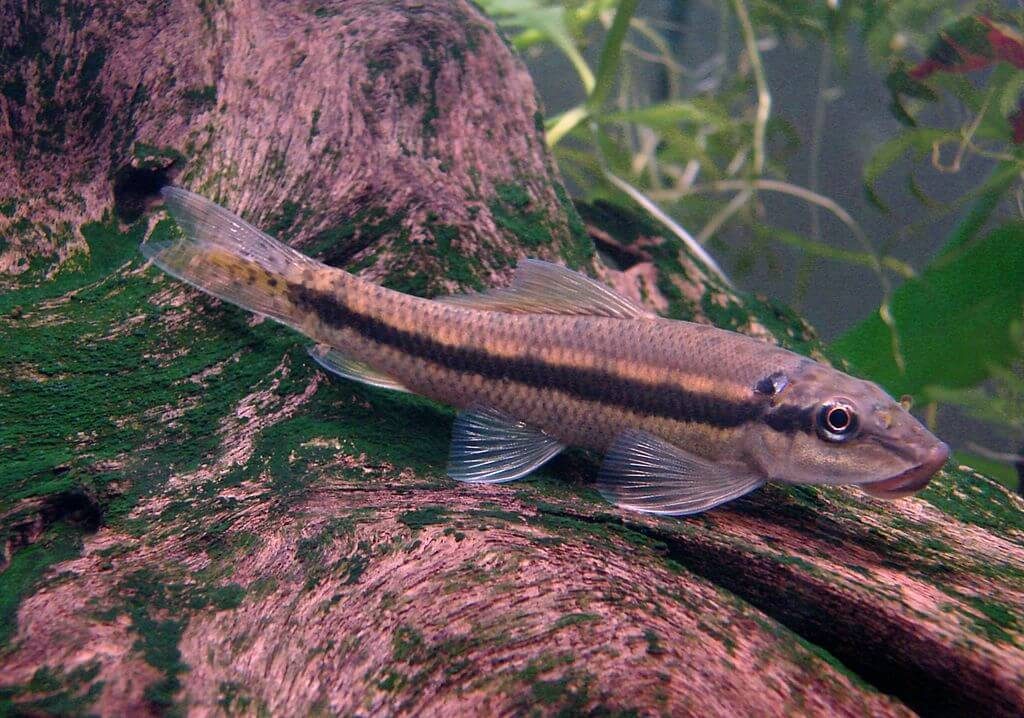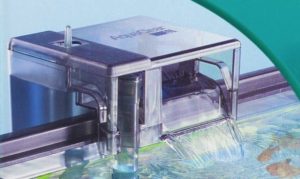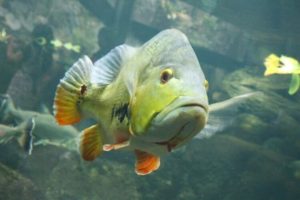Sharing is caring!
The Chinese Algae Eater is probably the most recommended tank cleaner fish of all freshwater algae eaters.
This tank cleaner is almost too efficient at its job. As your fish grows it may start to become territorial and turn its diet towards the slime coats of its tank mates.
The Chinese Algae Eater is too often recommended for small tanks. Although they are small as juveniles, you can expect it to triple in size in just the first year.
Chinese Algae Eater Quick Facts
| Scientific Name: | Gyrinocheilus aymonieri |
| Common Names: | Honey Sucker, Sucking Loach, Chinese Algae Eater, and Siamese Algae Eater |
| Diet: | Herbivorous |
| Salinity: | Freshwater |
| Tank Size: | 30 Gallon Minimum |
| pH: | 6.8 – 7.4 |
| Behavior: | Semi-Aggressive |
| Max Size: | 11 Inches |
| Lifespan: | 8 Years |
| Temperature: | 75 to 80 ℉ |
| Origin: | Asia |
Chinese Algae Eater Origins
Chinese Algae Eaters are native to Asia and can be found in various bodies of water including rivers. They are also known to venture onto flooded plains.
In the wild this fish will spend most of its time attached to flat rocks allowing the currents to flow over it. Its unique inferior mouth allows it to hold on in even strong currents.
Don’t let the name fool you since it actually has limited distribution in China. It is also known by several other names including Siamese Algae Eater, Indian Algae Eater, or just simply Algae Eater.
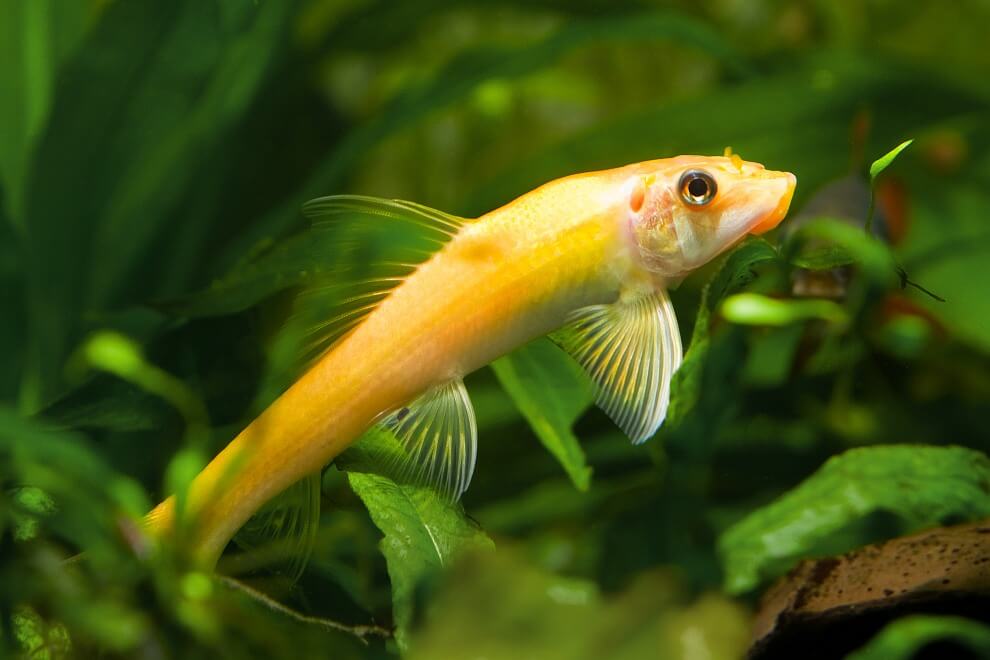
The Perfect Chinese Algae Eater Tank Setup
- 30 Gallon minimum. This is a fast growing fish and should really be considered large for even a 30 gallon.
- Prefers a mature and planted tank with plenty to graze on.
- 75-80 ° F. Heat as necessary.
- Avoid housing with slow swimming flat bodies fish, such as the Angelfish.
- Proper filtration required.
- Flat rock, stones, or pebbles are an ideal substrate.
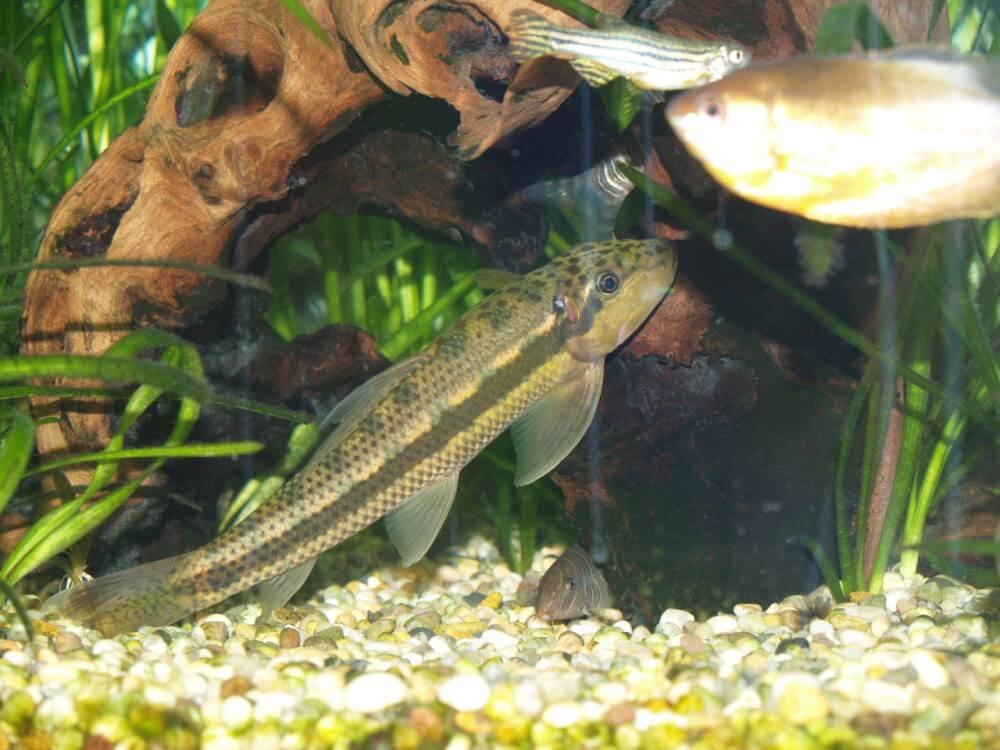
Chinese Algae Eater Diet
Chinese Algae Eaters are herbivores (for the most part). A matured tank should provide enough algae for a juvenile. Make sure to supplement with algae wafers as needed.
As your Algae Eater grows it will care for algae less and less and may need to be supplemented with a meatier choice. A good way to know is to pay attention to when your fish tries to latch onto the sides of its tank mates.
Feed your fish twice a day, if needed. Remember to remove leftover algae wafers to keep you water clean.
Compatibility
Chinese Algae Eaters are generally peaceful and can be housed with many different types of fish. There are however some rules of thumb that should be followed.
This particular algae eater should not be housed with other algae eaters of the same species as it will increase its territorial nature. They should do fine with other species such as the Pleco. As an adult this fish may try to attach itself to the sides of flat bodies fish. Generally not a big deal if kept in a larger tank and fed properly.
For another great algae eating option check out the Oto Cat.
Sharing is caring!

